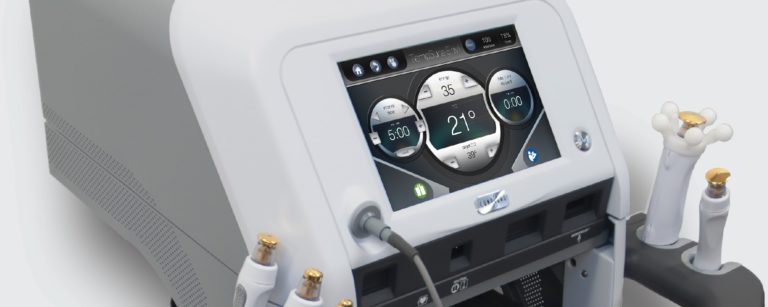Several years ago the doctors at the Waterdown Optometric Clinic (WOC) decided that we wanted to broaden our treatment options for patients with dry eye disease (DED). We were seeing more and more patients with problems related to DED every month and, more alarmingly, we were seeing signs and symptoms in progressively younger patients. Life in the COVID-19 era has only accelerated this trend.
With all of us spending more time than ever in front of screens these days (due to countless Zoom meetings, online learning, or boredom) the prevalence of DED is bound to increase. A major reason prolonged screen time leads to dryness issues is the fact that when we focus on something such as a book or screen intensely we only blink half as often as we usually do. This leads to the tear film evaporating before the next blink can replenish it. That unfortunately is not the whole story. In fact, the key to understanding DED is the fact that very few people truly have dry eyes. It is not usually a lack of tears that causes dryness; it is a dysfunction of the tears that are present.
The long and short of it is that there are many factors that can cause dry eye symptoms, and many patients have a combination or some of all of them. Some people have autoimmune diseases that lead to decreased tear production (this is relatively rare). A much more common cause of dry eye is something called meibomian gland dysfunction; in this condition the glands that make the oily part of our tears get clogged up and eventually begin to atrophy. One common thread between the various kinds of dry eye syndrome is that tear dysfunction eventually triggers inflammation, which leads to more tear dysfunction, and so on. By now you can probably tell that artificial tears alone are not sufficient for most patients with dry eye symptoms.
The first step in successfully treating DED is identifying its cause. We have now added five different diagnostic tests to our tool kit at WOC to help us pinpoint the culprit of any patient’s dryness issues. Once a cause is found the proper treatment can be initiated. For some patients that will mean taking prescription anti-inflammatory eye drops. For others it will mean an in office or at home treatment to rid the lashes of parasitic mites (yes, you read that right, mites!) that cause inflammation. For others still it will mean unclogging the problematic oil glands that were discussed above. For mild cases this can sometimes be achieved with warm compresses at home. For severe cases this means a more technologically advanced in-office treatments. For more on the latter stay tuned to next month’s blog post. Until then, if you think you are suffering from dry eye disease reach out to us through our website, email or phone to book a dry eye consultation with one of our optometrists.
Dr Juliusz Gorecki




